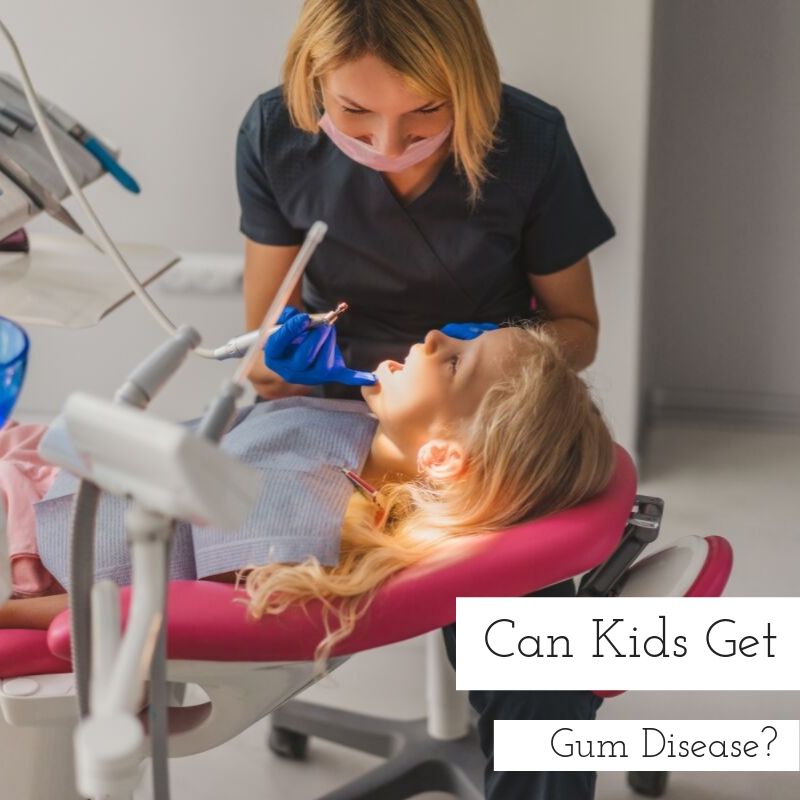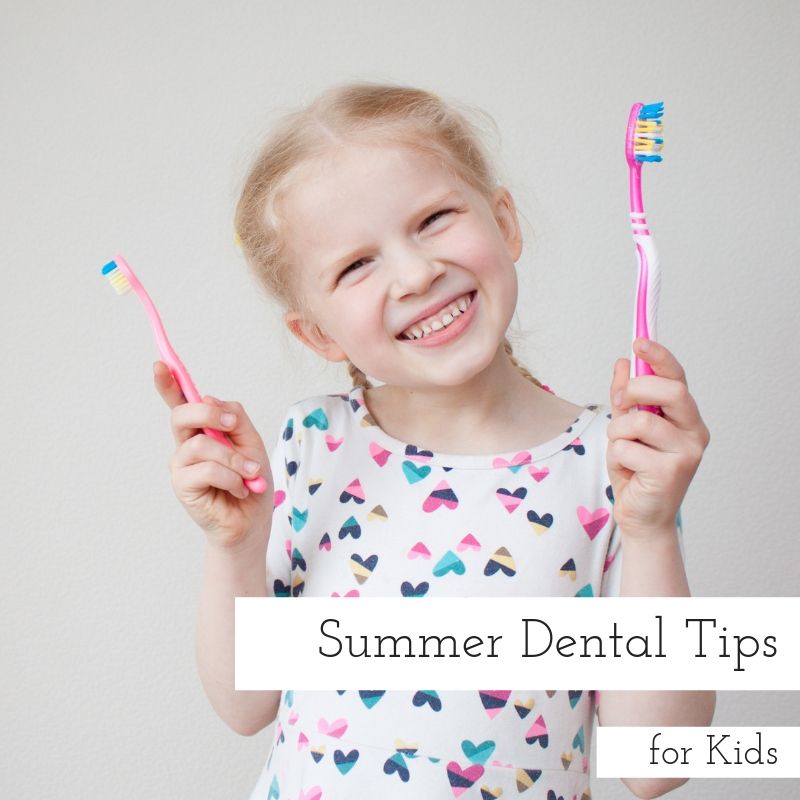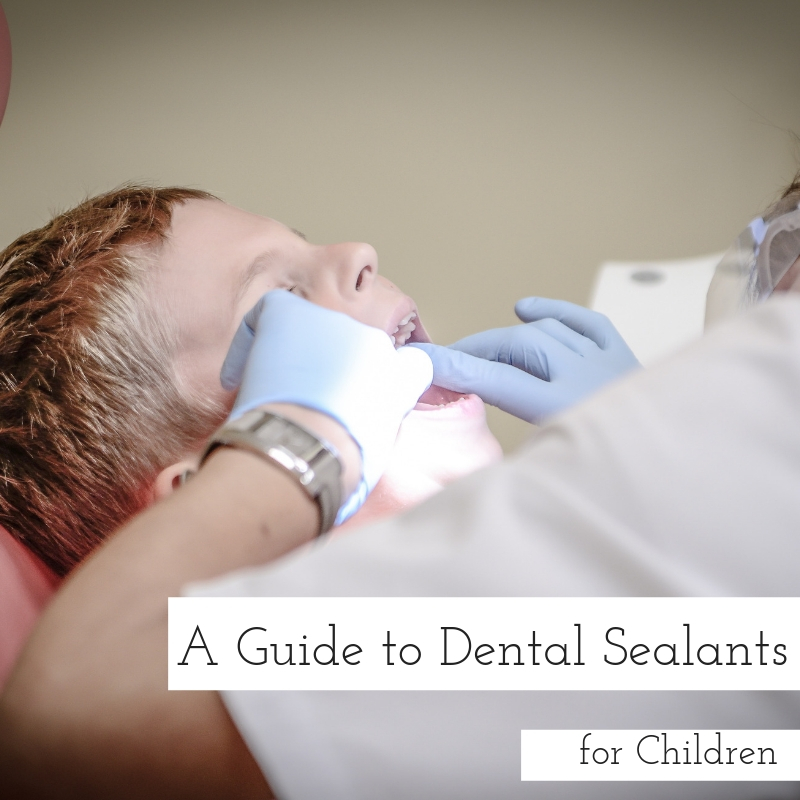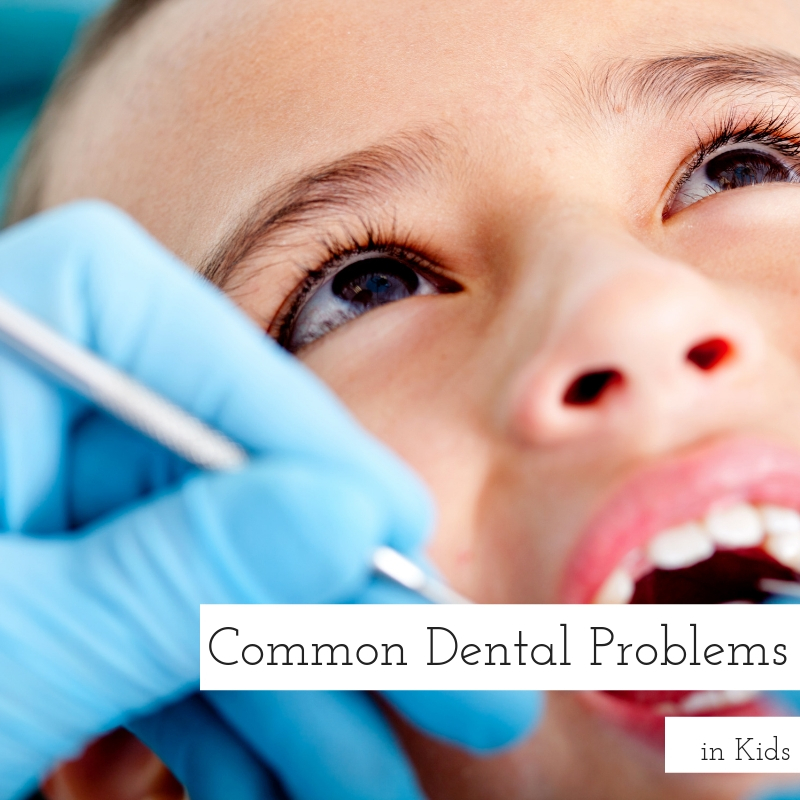It’s the beginning of a brand new school year! You’ve got school supplies & new clothes. But how’s your child’s dental health? Here are some back-to-school dental tips for kids!
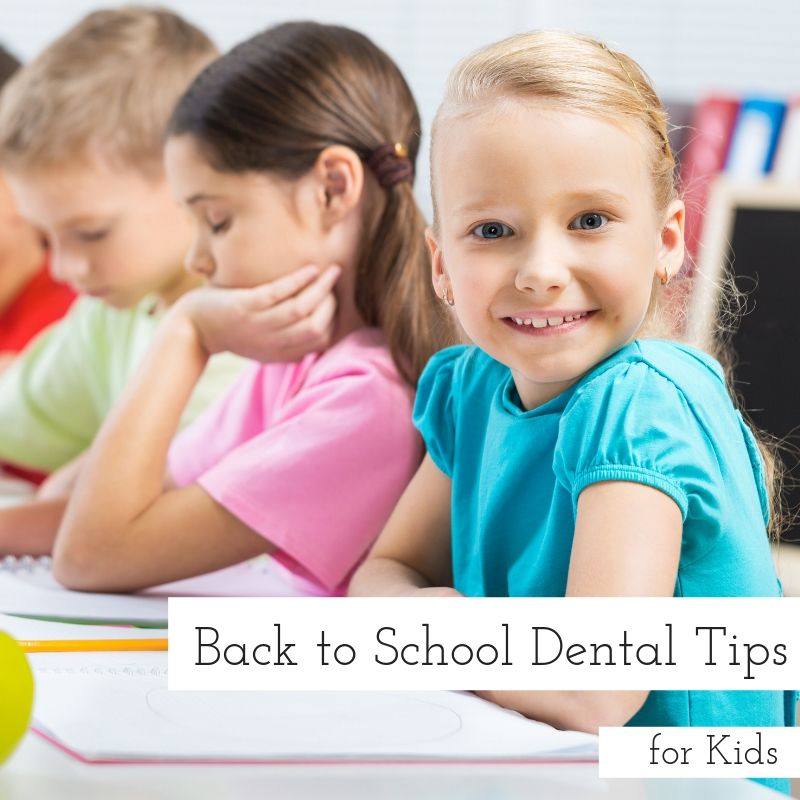
It’s the beginning of a brand new school year, a blank slate, waiting to be filled with exciting new adventures. Everything is ready to go. You’ve got school supplies, new clothes, and a note from the doctor saying your child is healthy. But what about his mouth? How’s your child’s dental health?
Did you know that there is an undeniable link between a child’s oral health and his overall health?
In fact, the link is so universally recognized that the state of Illinois requires children in public, private, and parochial schools to have a dental exam performed before entering kindergarten, second, and sixth grade. Simply put, dental problems can indicate unseen health problems.
A dental exam is as important as immunizations and should be part of all back-to-school preparations, reports the American Dental Association (ADA). Further, the Centers for Disease Control and Prevention (CDC) says that U.S. children are more affected by tooth decay than any other chronic infectious disease. Tooth decay is not just unsightly. It can also lead to pain, difficulty speaking, eating, playing, and even learning.
Our goal at Red Apple Pediatric Dental Team is to help ensure that your child is as healthy as possible.
Following ADA guidelines, here are our dental tips for kids going back to school:
- Come see us for a dental examination. Caught early, many dental issues have an easy fix. We may suggest fluoride or sealants to prevent decay and can diagnose and treat any problems that could cause your child lost time at school.
- Make sure your child brushes with fluoride toothpaste and flosses every day. As you’re buying those school supplies, why not pick up a package of several toothbrushes? That way, you can swap a tired toothbrush for a new one every few months, and make sure your child has a fresh toothbrush after an illness.
- Provide healthy lunches and snacks that include milk, cheese, raw vegetables, grains, fruit, and yogurt.
- Make it a rule that your child wears a properly fitted mouthguard when participating in gym class or sports.
Caring for your child’s oral health offers a pretty wonderful fringe benefit: it provides them with a bright, healthy smile that makes people smile back at them. Give us a call, and we’ll make sure your child is on the road to the best smile possible.
